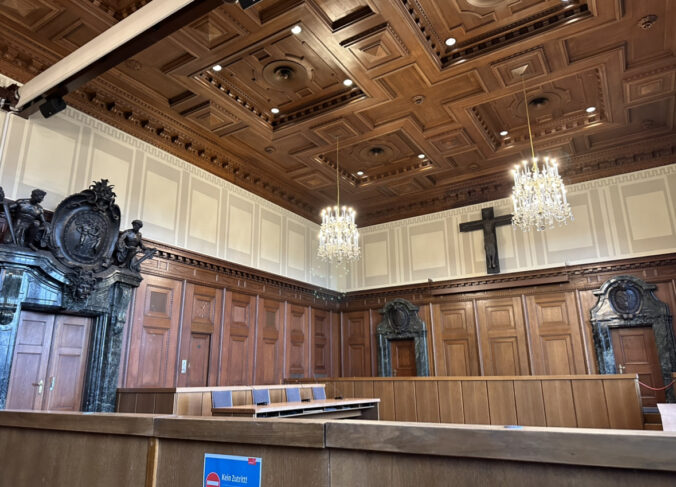I found the readings this week interesting. Especially because it related a lot to what we saw and heard while we were in Berlin. The first article really grounded a lot of what is being shown in the media. Even as I read some of the other articles and current event on the war it was obvious the biases that can sometimes bleed through. The way in which sometimes the articles emphasizes the disinformation for things Israel has done and then will say something about Hamas or Palestine. I don’t know if it is intentional but I saw it after reading the first article. I also think these articles about disinformation made me think about my social media. We read how the Ukrainian War was remarked as the first Tiktok War. The use of social media can be very difficult. In many ways there is propaganda that is being pushed. We want people to believe in our viewpoints and so we can promote harms against people and also so that we can make apparent what the other side is doing. When there is this incentive it can be dangerous. People who want clikcs or shares or likes can have the incentive to put out dangerous and false narratives to get people with this goal to share the post on their platforms. I am scared as AI advances that people may start to use that to fabricate pictures from war. At least with reusing exisiting pictures from other wars it can be tracked rather quickly. However, AI is dangerous in that sometimes it isn’t easy to tell. Furthermore in one article it cited that when people were looking to find coverage of the ground do to Israel bombing towers that allowed service and electricity much of the documentation that we saw in the Ukraine War did not happen in this current war. The absence of this made people more eager and also more susceptible to disinformation.
I think also the article about the US military and the use of cyber warfare was really interesting. As I was reading I thought it was cool but alos weird. This is because they essentially were acting like the actors you see in movies and studying peoples habits. Especially when they were doing the simple hacks that would annoy people as a means of slowing down this very serious terrorist organization. Also, found it interesting and wondered at the beginning why they would be sharing this. It seemed like the type of work that should be kept secret but here they were broadcasting it on multiple news sources. But then when they explained that in order for them to be dangerous people had to know about it I understood. I also as the pointed out thought about how talk of Russia hacking us was so prevalent. I would always wonder what we did when they did it and how dangerous it was to our national security. The article pointing out that we didn’t know how we reacted was really cool because it means that there may be actions that we do back but that as the public we are not privy too. I like them are concerned with as cyber warfare becomes an important means of combat what that may mean for our society. A lot of times we get away with engaging in wars because they don’t happen on U.S. soil. With cyber warfare this may just change the game and eventually have repercussions on citizens of the US.
